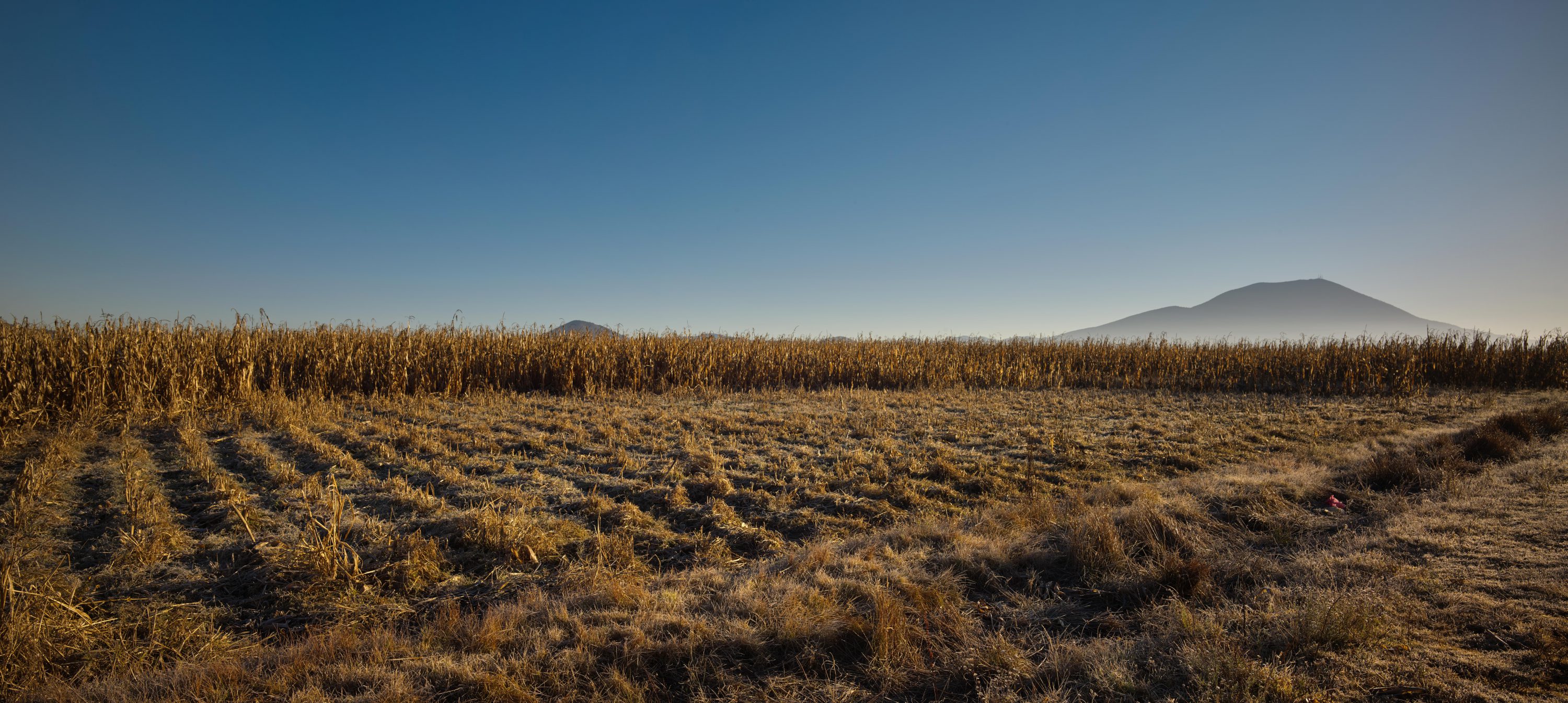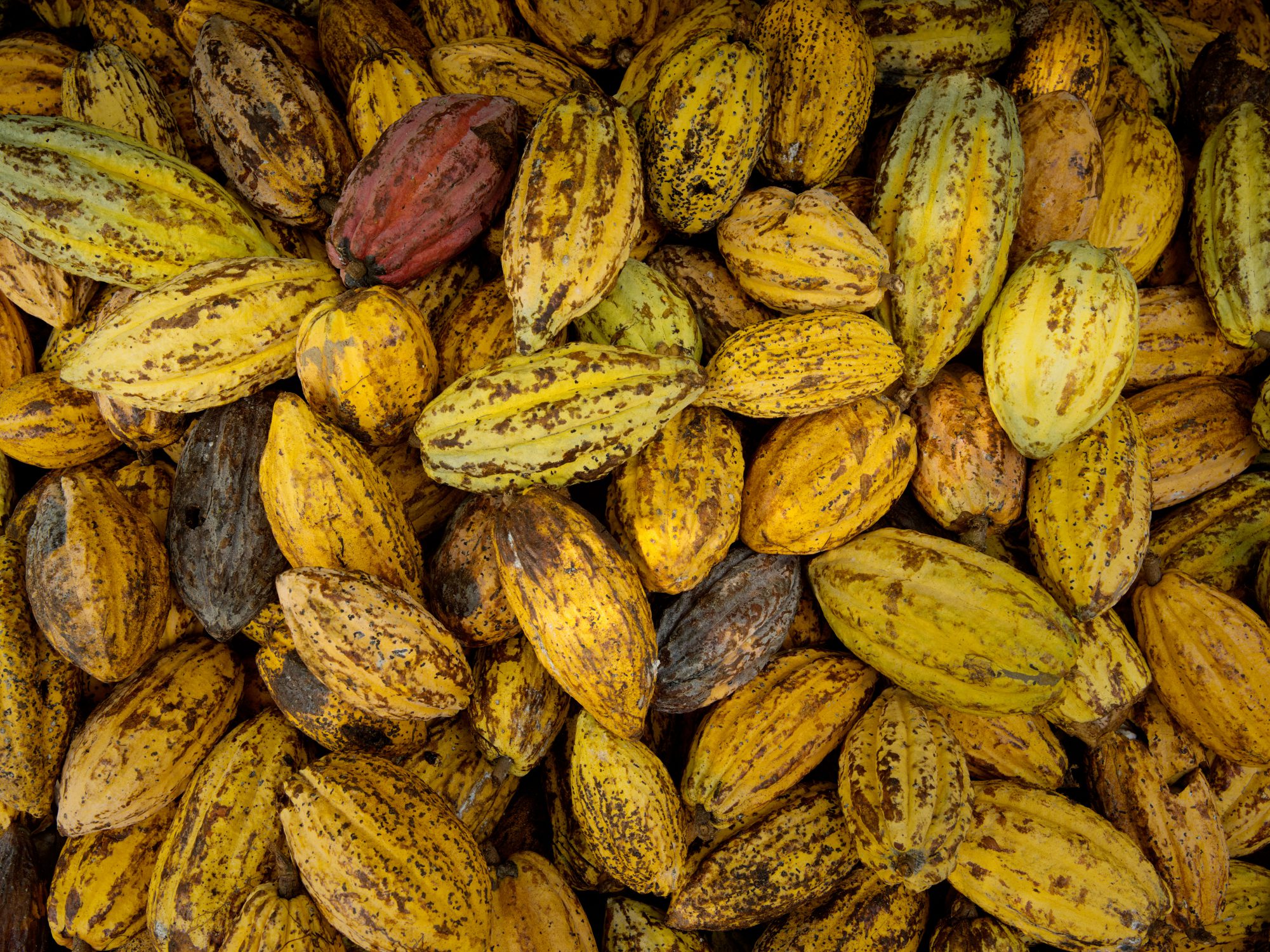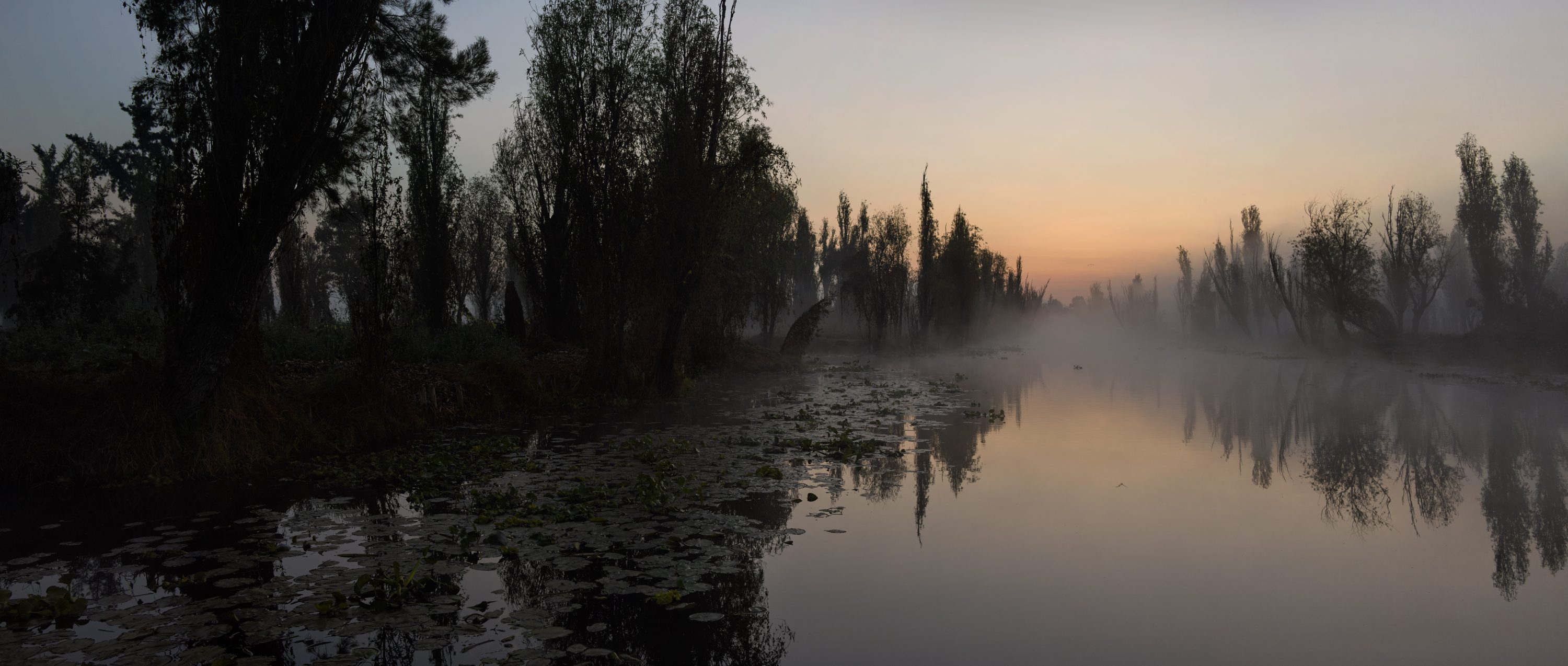
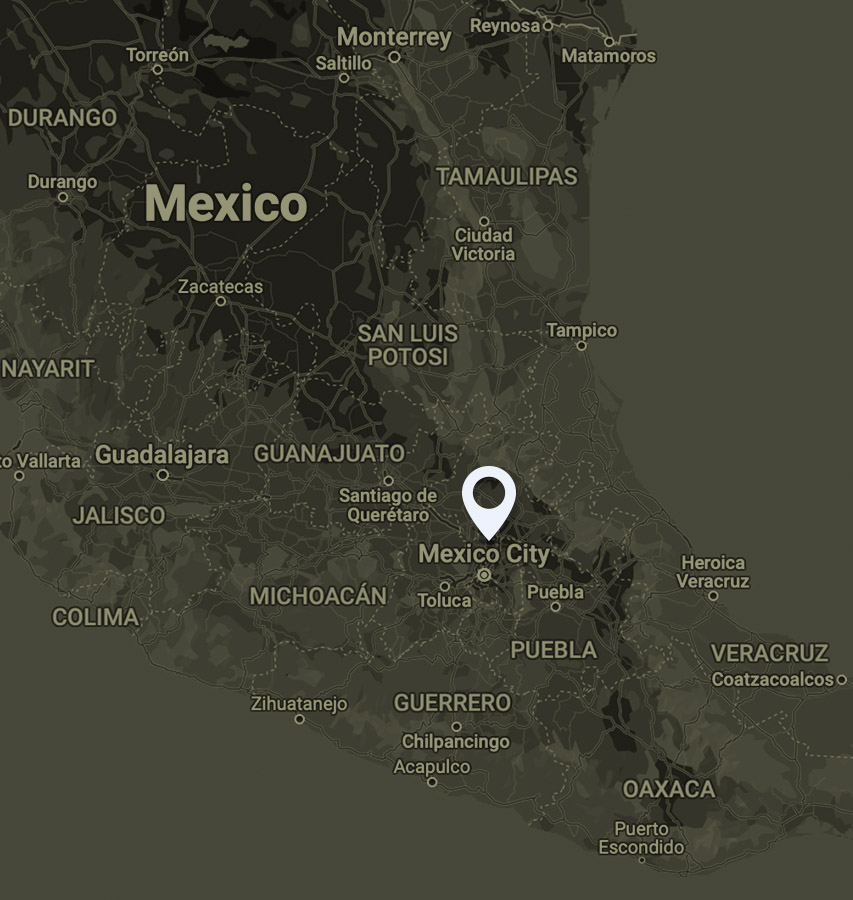
An important source of fresh food for one of the most populous cities on the planet.
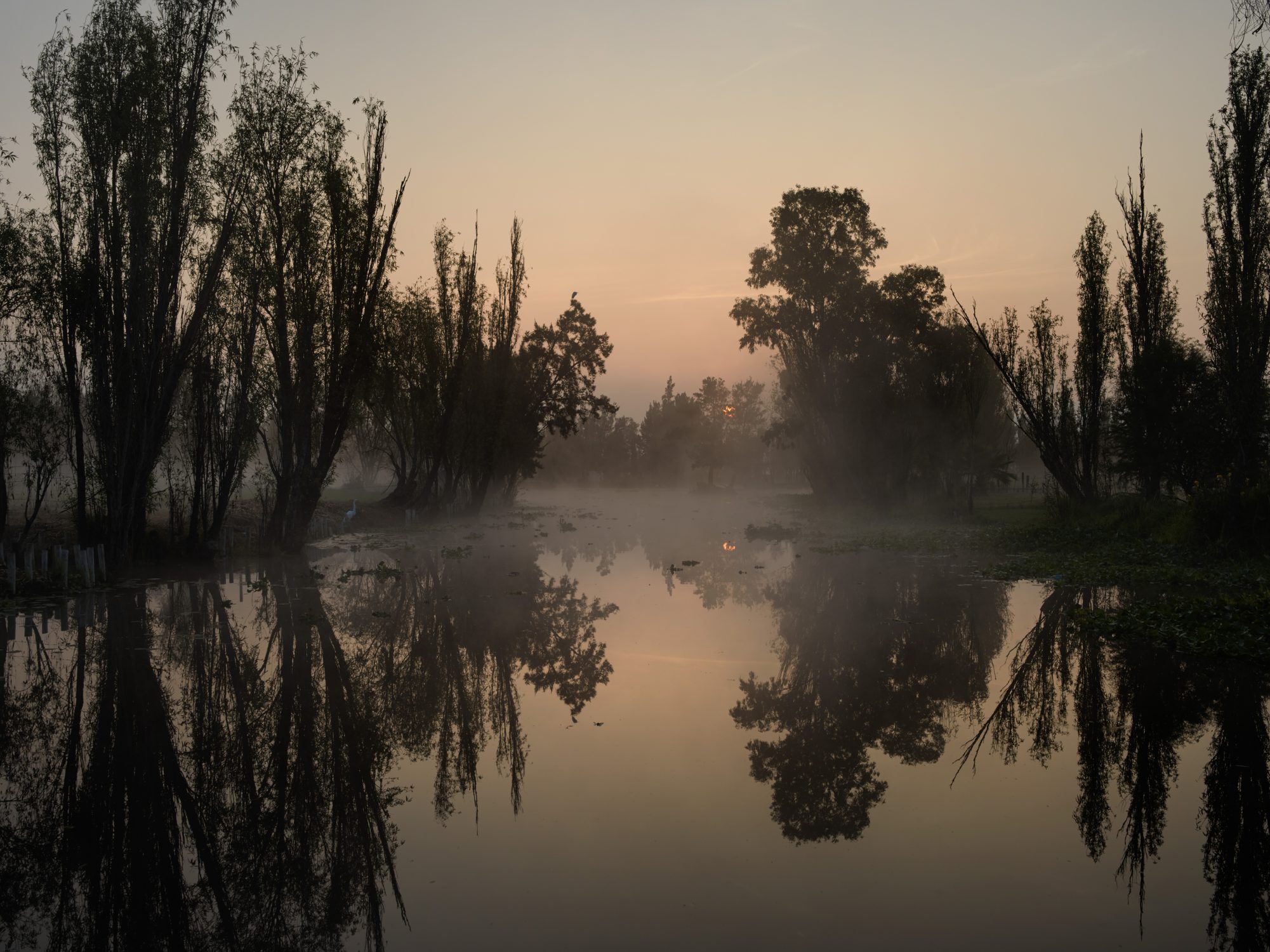
Globally Important Agricultural Heritage Systems
GIAHS are landscapes of outstanding beauty that combine agricultural biodiversity, resilient ecosystems and a valuable cultural heritage. Located in specific sites around the world, they sustainably provide multiple goods and services, food and livelihood security for millions of small farmers.
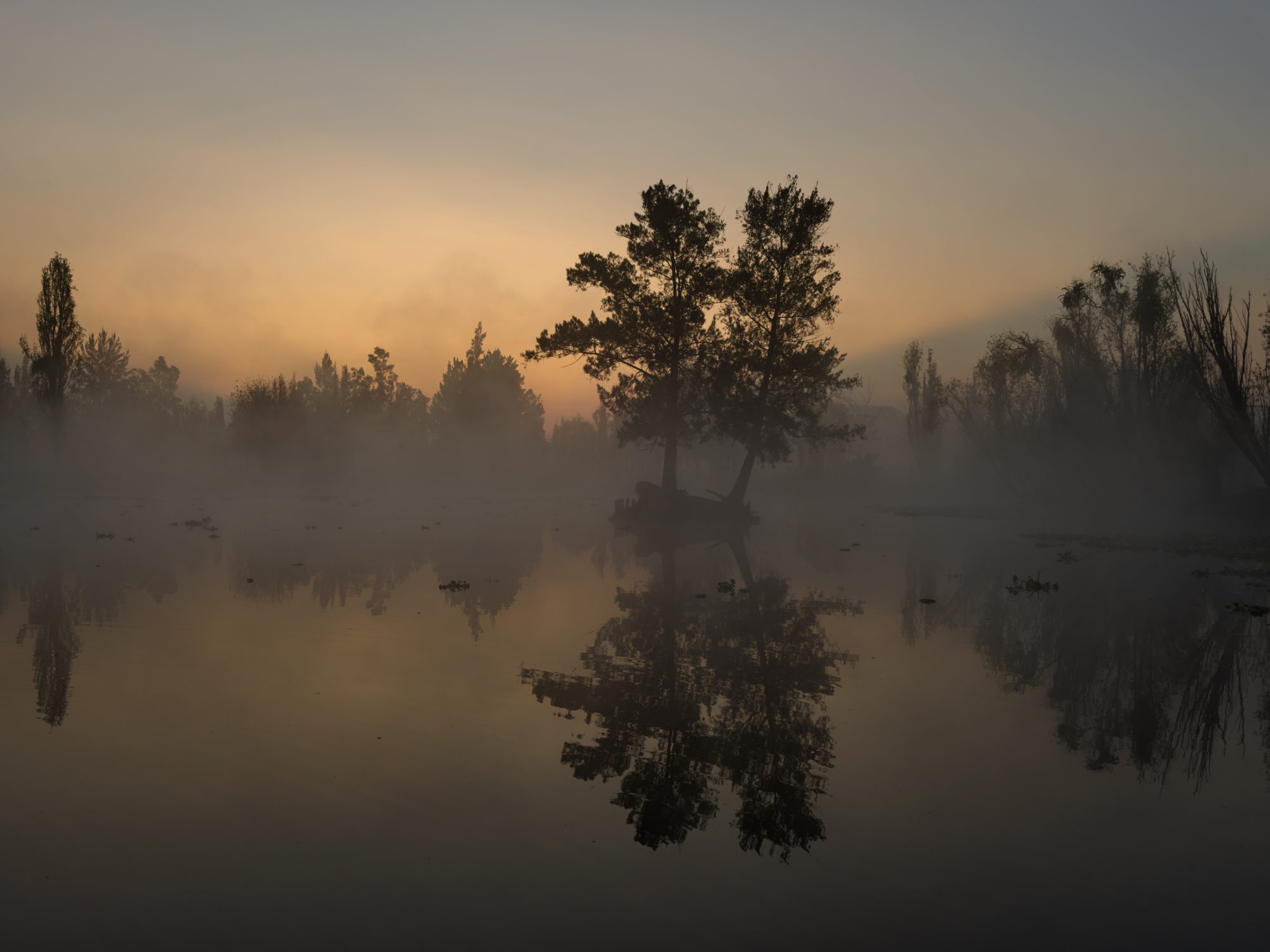
GIAHS constitute the foundation for contemporary and future agricultural innovations and technologies. Their cultural, ecological and agricultural diversity is still evident in many parts of the world, where they are maintained as unique systems of agriculture.
Since 2005, the FAO has designated 62 systems in 22 countries as agricultural heritage sites.
Source: UN Food and Agriculture Organization (FAO)
Unique systems of agriculture
These agricultural systems are threatened by climate change and increased competition for natural resources. They are also dealing with migration due to low economic viability, which has resulted in traditional farming practices being abandoned and endemic species and breeds being lost.
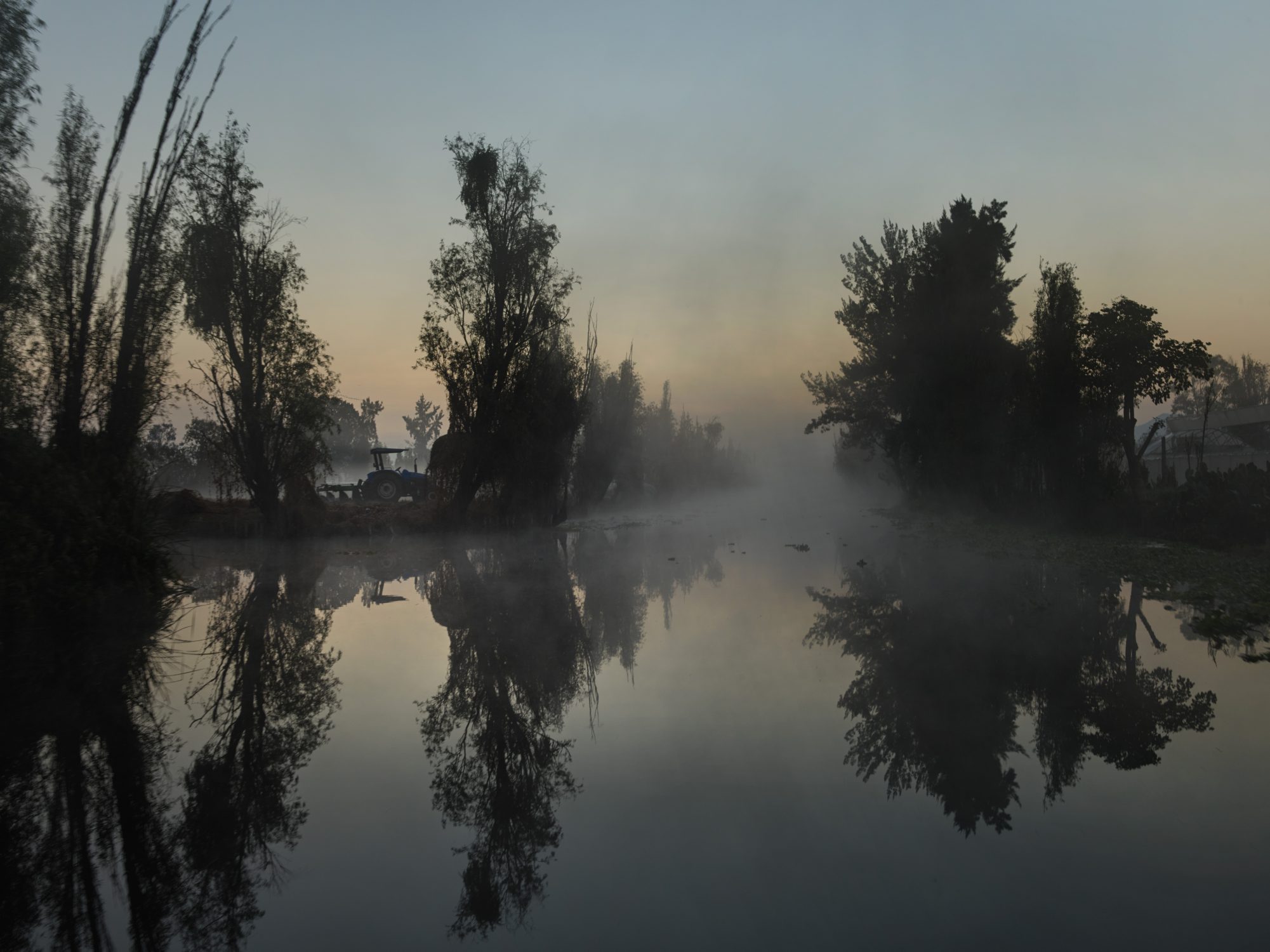
The system stands out for its range of life forms. It houses 2% of the world’s biodiversity and 11% of national biodiversity, with 139 species of vertebrates, 21 species of fish, six amphibians, 10 reptiles, 79 bird species and 23 species of mammal.
This agricultural region dates back more than 1,000 years, to the Aztecs.
The chinampas agricultural system involves an articulated set of artificial floating islands, traditionally built based on oral wisdom transmitted since the time of the Aztecs.
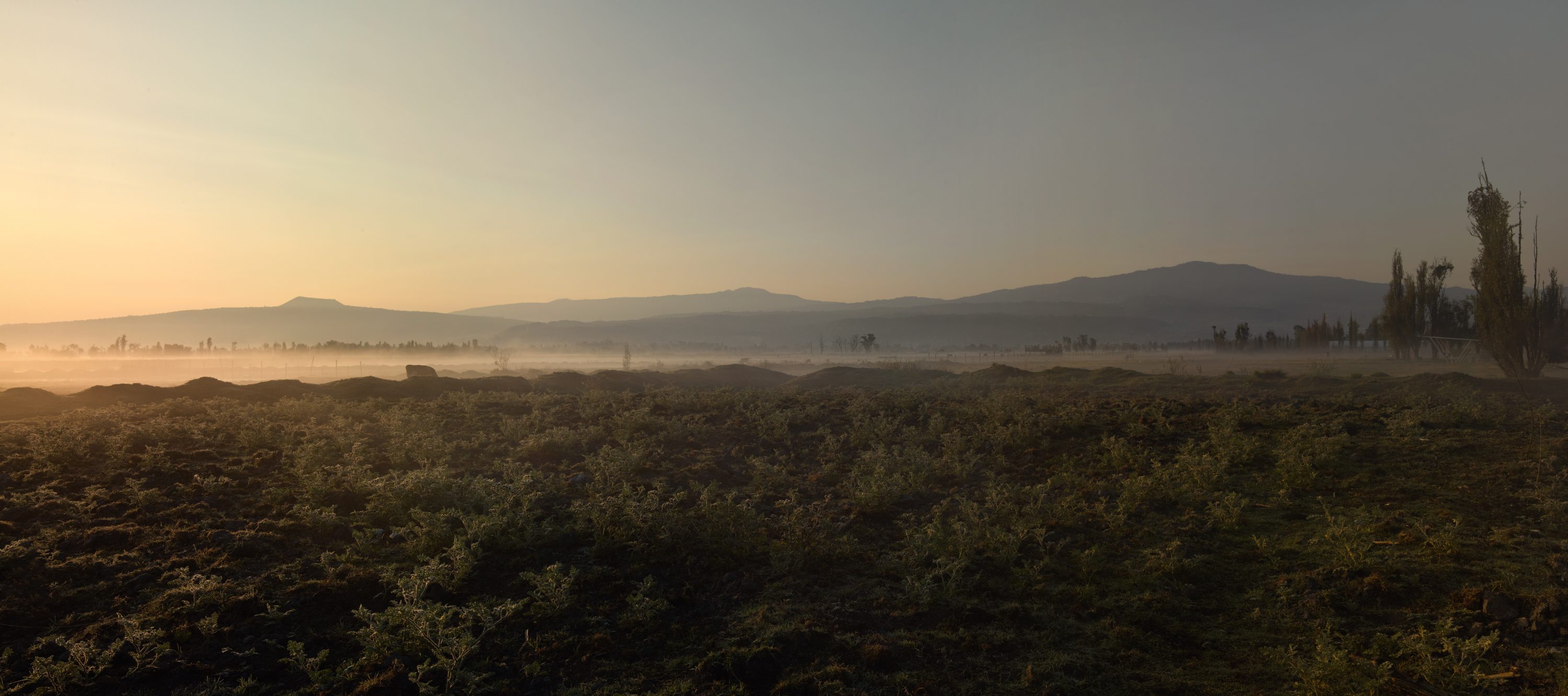
A unique agroecological landscape.
The system of canals provide multiple ecosystem services to Mexico City. The canal network makes use of species such as native willow – ahuejotes – as living fences, wind barriers and habitat for insects and birds.
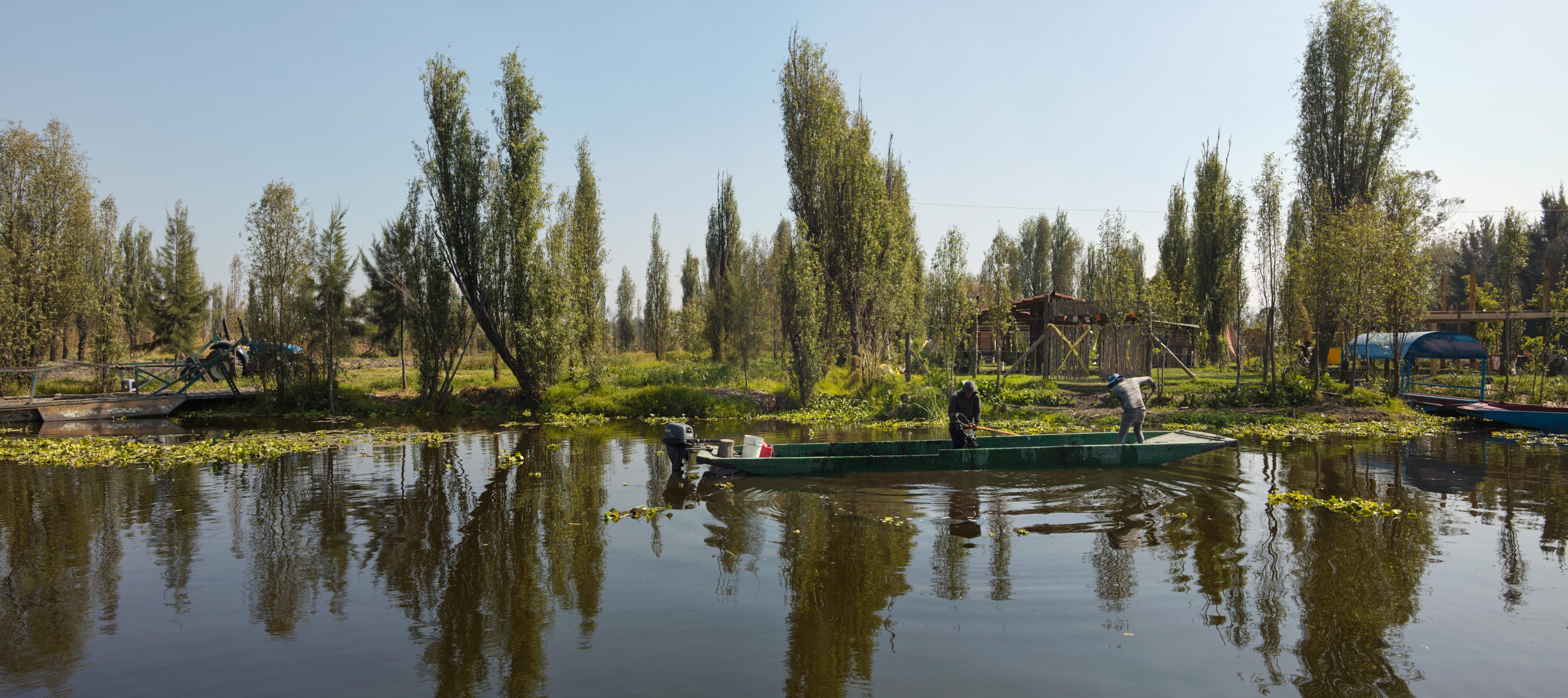
Islands are constructed with mud from the canals. It is easy to extract mud and organic matter from the relatively shallow water.
Willows help to keep the chinampas in place.
There is more life here as a result of human intervention than there would be without it, since the canals are places of refuge, reproduction and feeding.
Humans have created a place that has much more life, and much more biodiversity, than before.
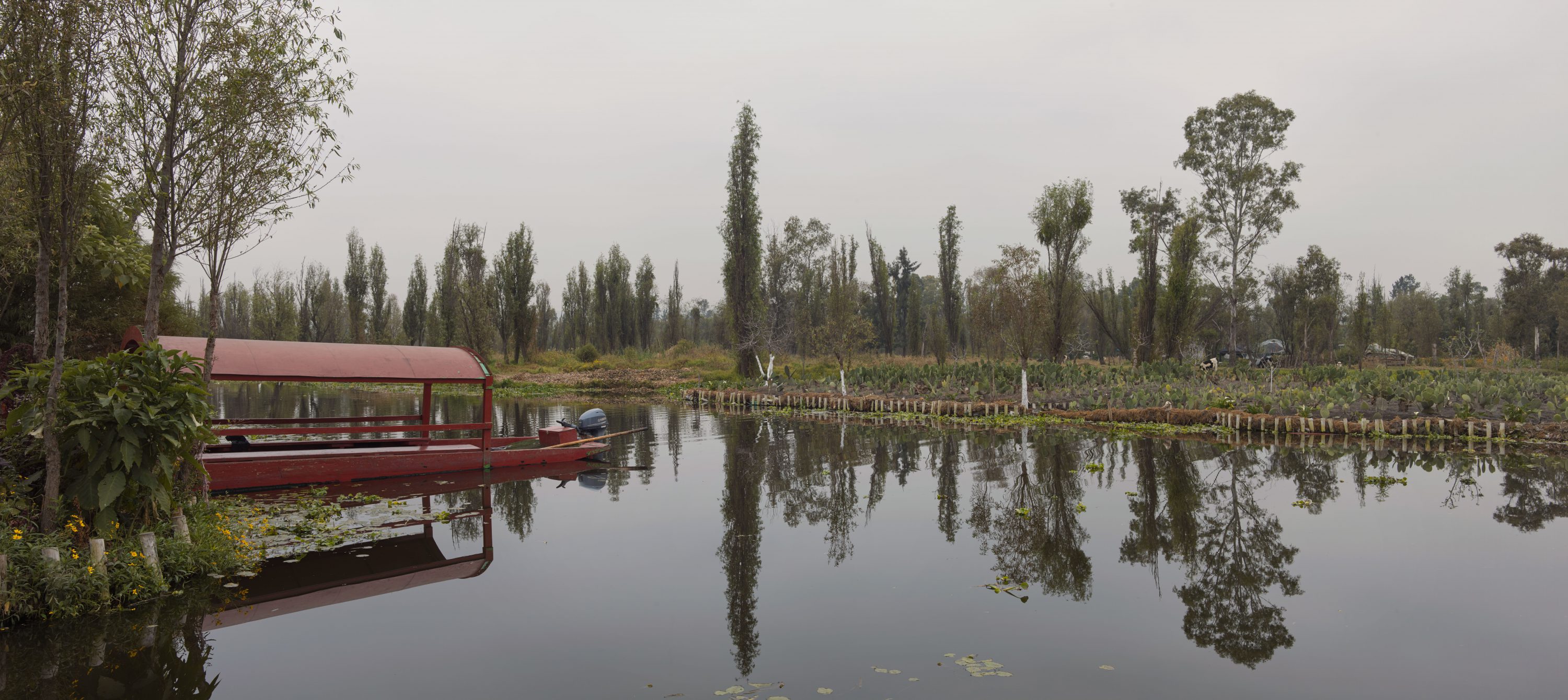
Corn, Beans, Pumpkins and Amaranth
The chinampa system is remarkable for its use of ancestral agricultural knowledge and technologies, as chinamperos farmers preserve traditional pre-Hispanic cultivation techniques that have been transmitted orally. In the chinampas four of the five main crops used by the Aztecs can still be found: corn, beans, pumpkins and amaranth.
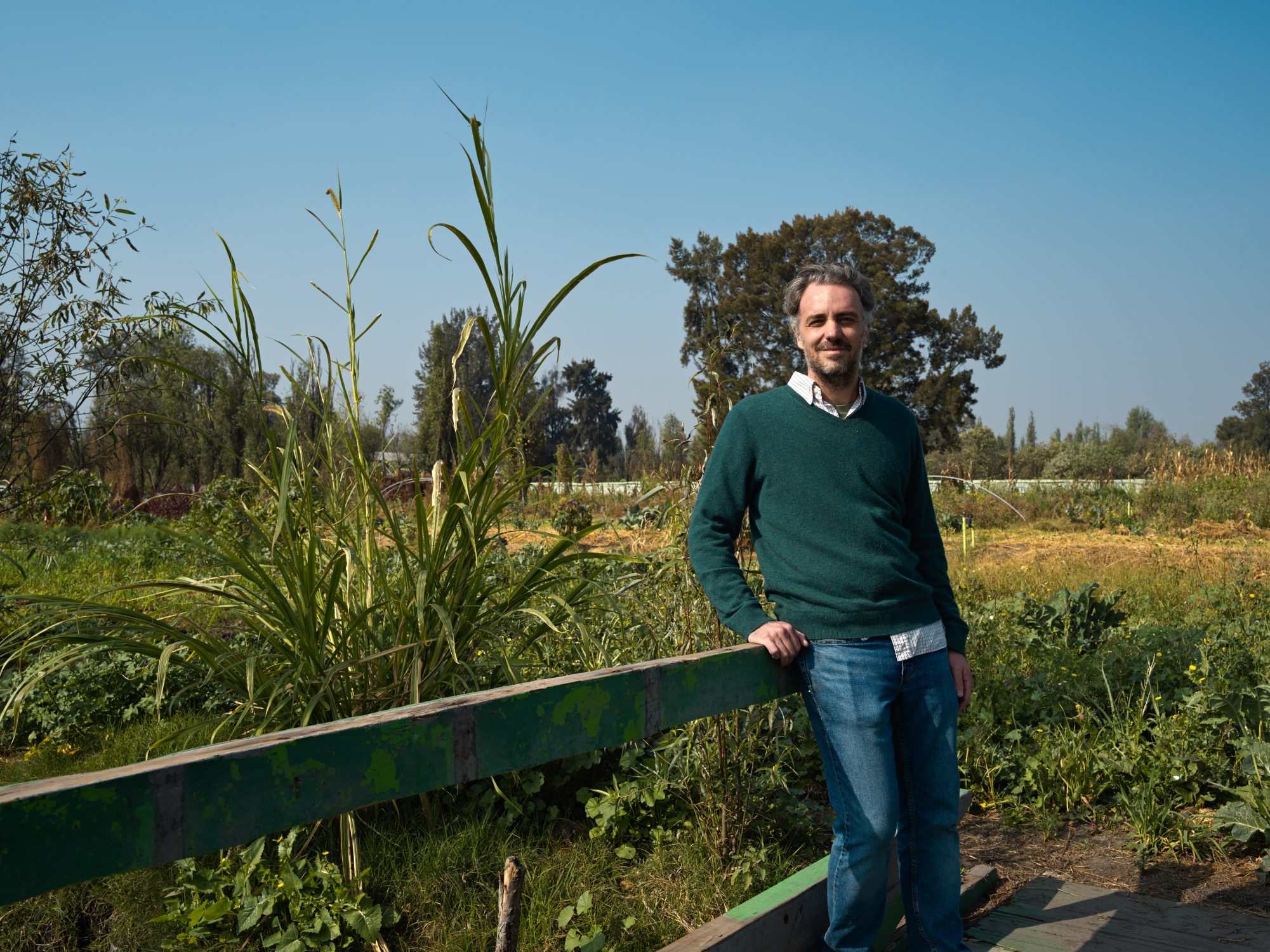
Lucio is one of the founders of the non-governmental organization Yolcan, which means ‘land of origin’. He started out with an important aim in mind, namely to preserve traditional agricultural practices in Xochimilco and spread knowledge about them.
He also wants to improve the livelihoods of small farmers and bring local organic produce to people who live in Mexico City, one of the biggest metropolises in the world.
Yolcan grew to become Arca Tierra. Lucio has worked with over 70 chefs in Mexico City and with 40 farmers, and has grown more than 100 different crops. Internationally renowned experts on gastronomy have visited to learn about his work, including the Basque Culinary Center and superstar chef René Redzepi of Noma. About once a month, private dinners are hosted on the chinampa, with a local chef and several farmers. The dinners help to create awareness of regenerative agriculture by showcasing the bounty of the islands.
"The idea is to connect peasant farmers with consumers in a megacity."
Lucio Usobiaga
Farmer and Philosopher
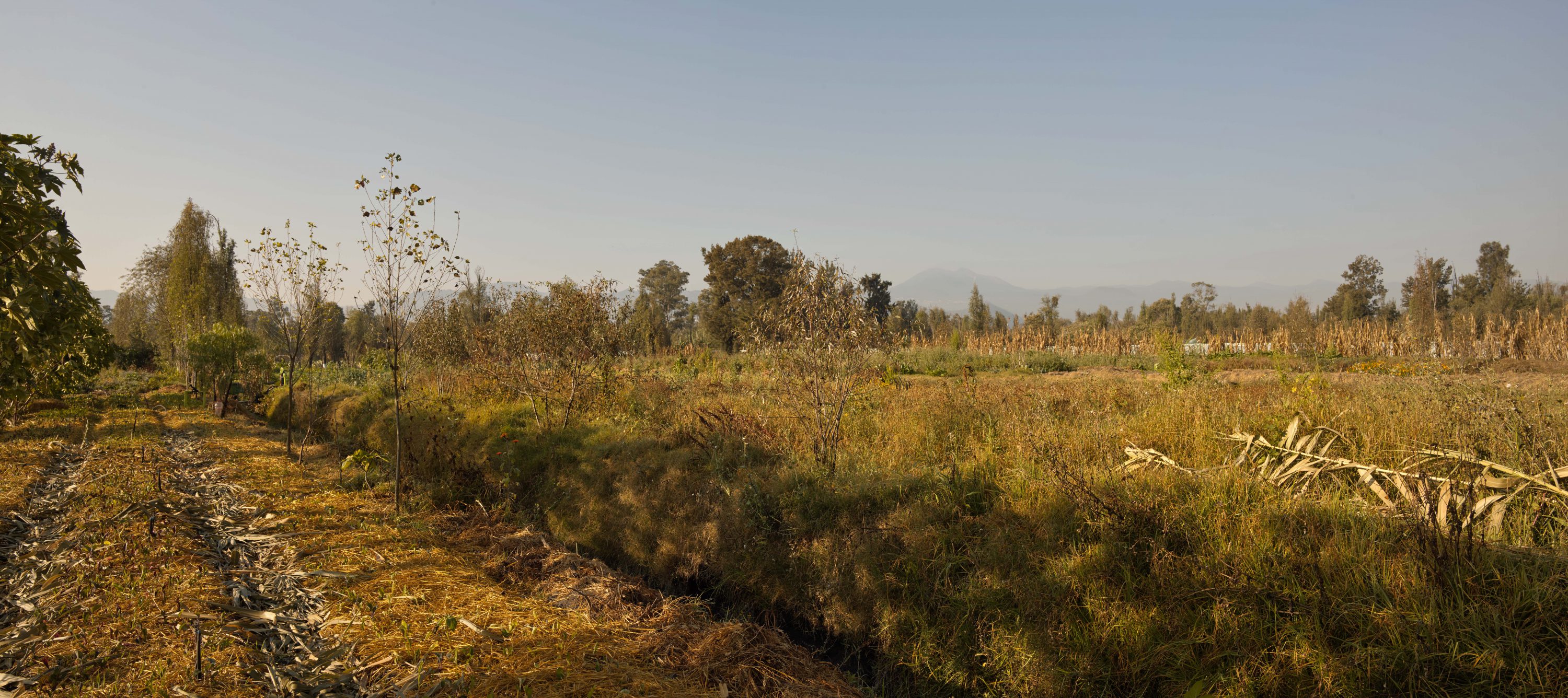
Lucio, who does not himself have a farming background, comes from a very different environment.
“I grew up in a milieu featuring private schools and a life and career already mapped out. Becoming a farmer was not an option, and neither was becoming a philosopher.’
Yet that is the training he took on.
‘I was studying philosophy at that time – Big Ideas, the history of Ideas – and I then looked at those ideas in the chinampas. That is the key aspect of what I can do.’
‘People were producing by organic methods, and I wanted to sell organic produce. I got to know some of the farmers, we became partners and I started to learn from their fathers, from their grandfathers. For me it was a shock. I realized that this was the most important thing I could do.
‘I became a little crazy and wanted to do everything at once. Getting to know the farmers, producing, selling, working with researchers from the university, working with the chefs, keeping bees, working with mushrooms… It was a lot.
Then I realized, it’s like a web of people, and we have got good things on our side. More people should know about it. Everybody should know about it. I am not only talking about the chinampas but about what it means to produce our food. Not primarily as a way of making money but of working in an ecosystem that sustains us. I also recognized the importance of the people involved. Because in agriculture, the soil, I mean the ecosystem, will give you much more if you give back. With people it’s different; you know you can love them and get a slap in the face. If you give to the soil, the soil will give to you. That’s not how it works with people.
‘That’s the hard thing. The hard thing is to understand the link between habits, ideas, emotions and values, and to understand why our food system is so corrupt, why it sickens people and pollutes. A few people benefit, although only in an economic sense, because in a moral sense I don’t think there is any value at all in the current system.
‘So you realize that you have to work with all those aspects. You recognize the importance of change, of farmers, of researchers, of artists, and now we have managed to develop a small-scale project that is to some degree successful in all those aspects. Now we want to start growing, letting more people know about it.”
"Aristotle says ‘being’ is said or thought about in many ways. That has taught me to see agriculture in its many different meanings and as a tool for ecology, health, food, and social justice.”
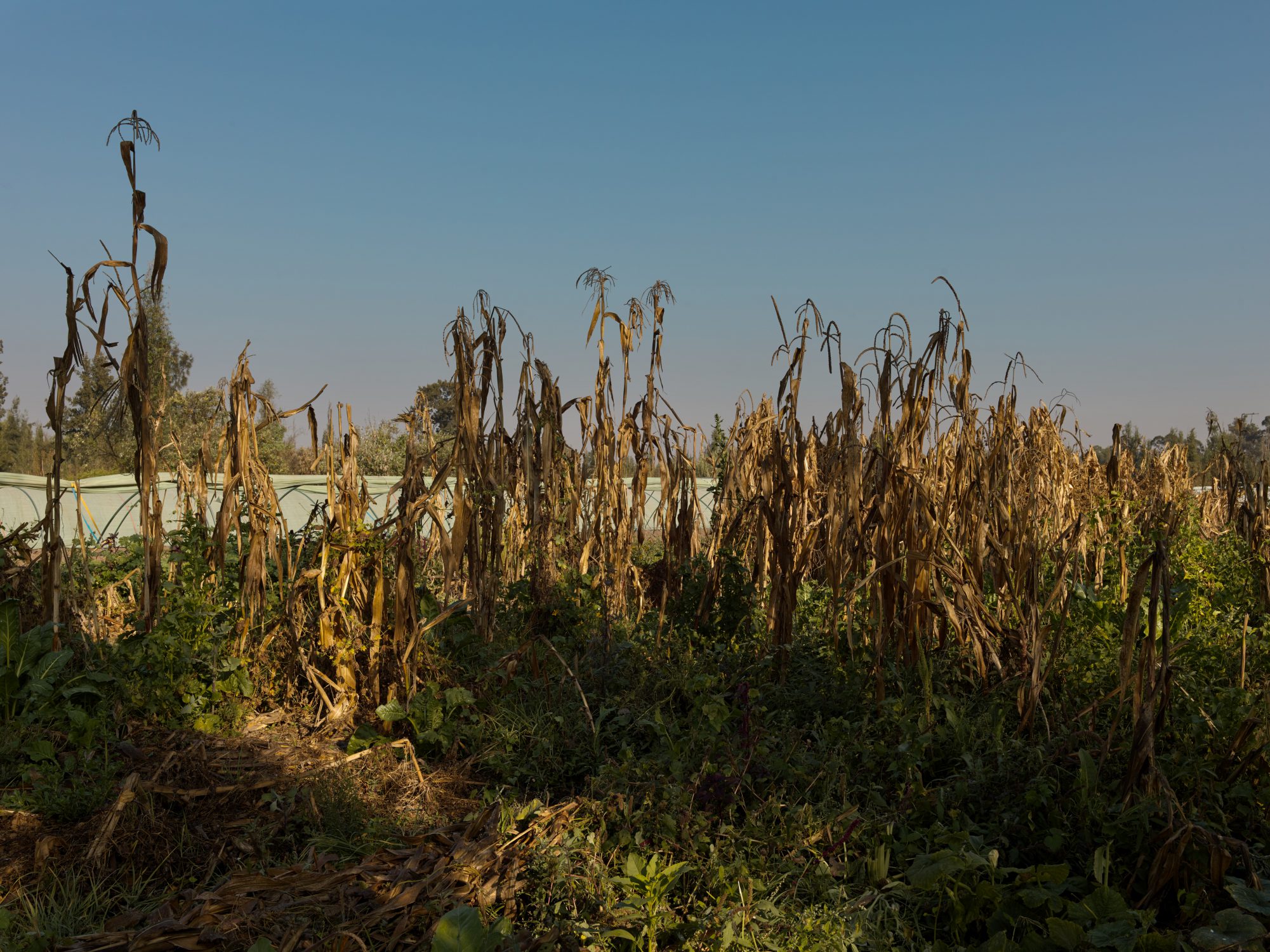
"The hard thing is to understand the link between habits, ideas, emotions and values, and why our food system is so corrupt."
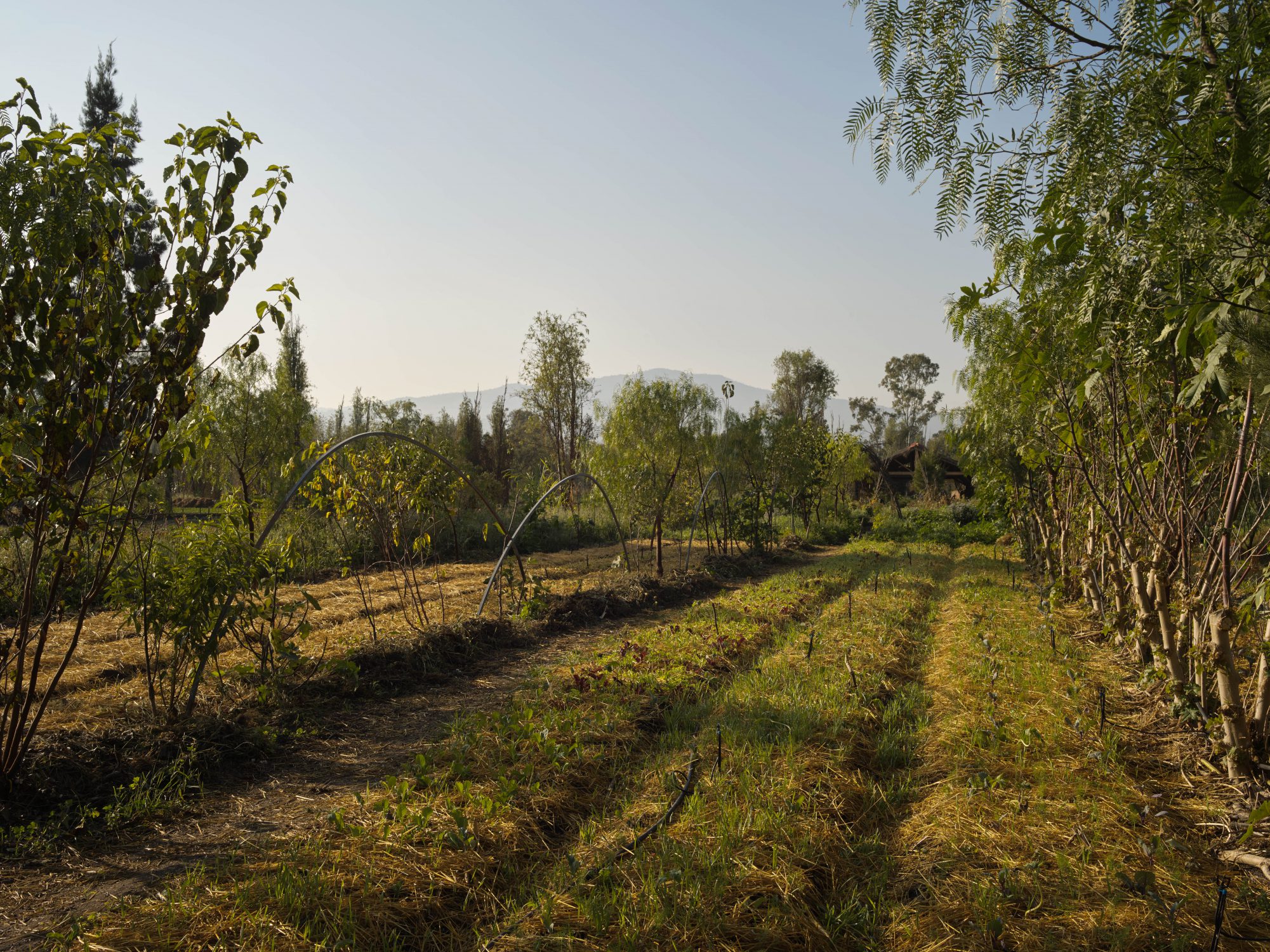
"I think we are playing a disguised part in the food revolution."
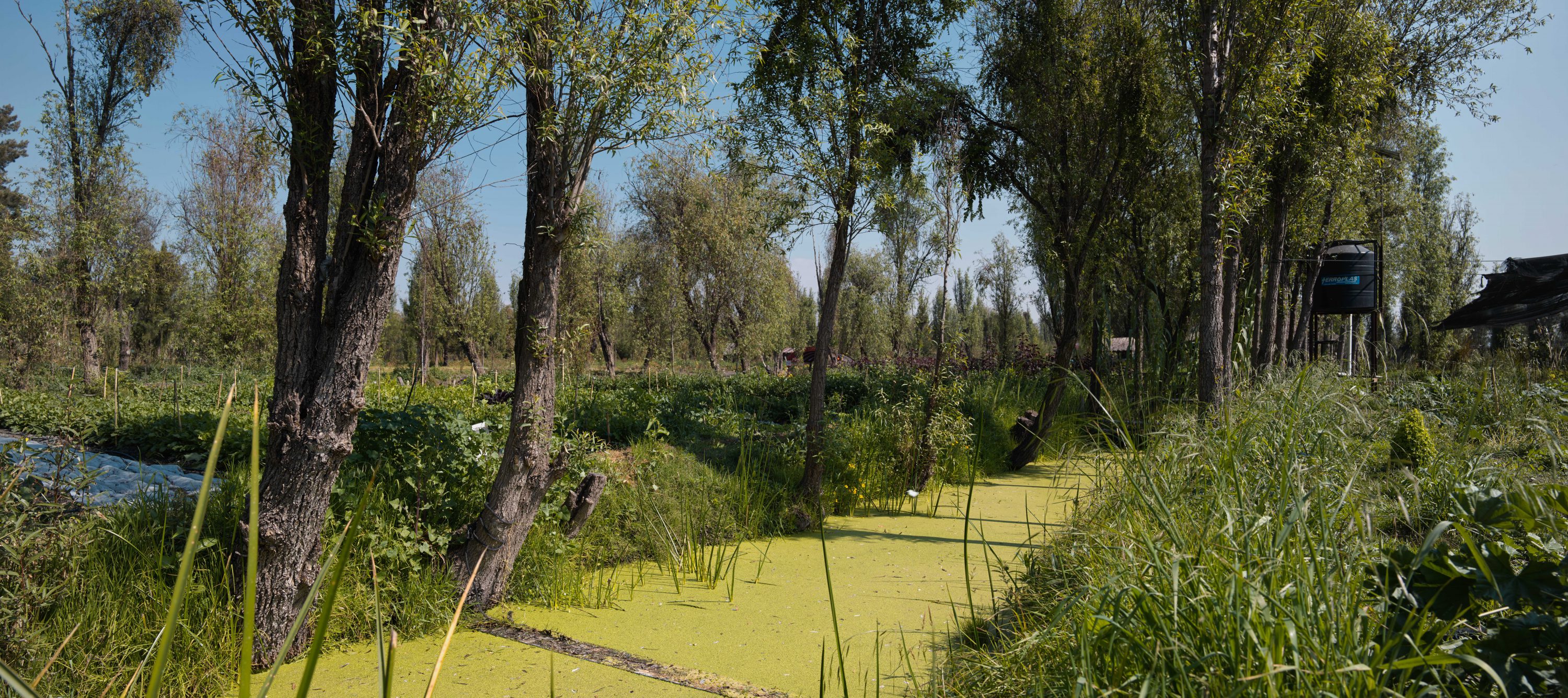
To make a chinampa, ahuejotes were planted at the corners.
These trees are extremely resistant to moisture. Edges would be marked in the lake with timber, and the plot would then be filled with successive layers of water lilies and mud, providing a fertile base for the maize and other vegetable crops that the Indians farmed. The chinampas were separated by canals which in turn were highly effective waterways leading to the cities.
Source: Museo National de Antropologia (MNA), Mexico City
Ahuejotes, the traditional guardians of the chinampas
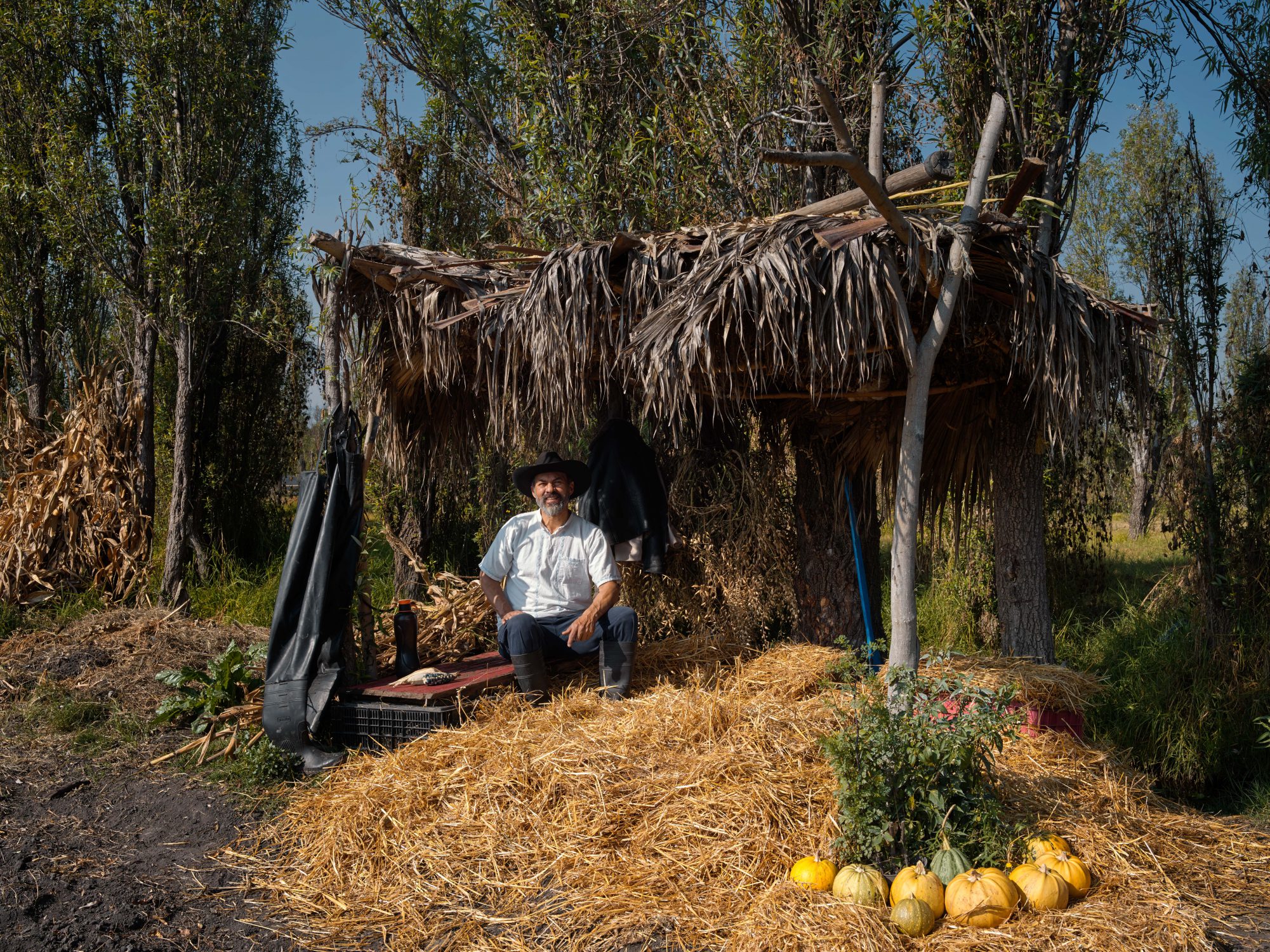
That’s what the peasant farmers of the chinampas were called.
Chinamperos Noe Santos recently became one. He was leading a busy, indeed hectic life as an accountant, but in 2020 he lost his job as a result of the Covid pandemic.
Now he is a proud chinamperos, working on his uncle’s chinampa.
With the help of Lucio and others, he has mastered the old agricultural techniques and he now grows organic vegetables that find their way to the restaurants and consumers of Mexico City via Lucio’s canals.
Noe starts at six every morning, cycling for 45 minutes to reach his boat, which takes him to his chinampa in 20 minutes. Around seven he starts his day with an untroubled mind and in a good mood.
From accountant to chinamperos
Noe Santos
Chinamperos Xochimilco
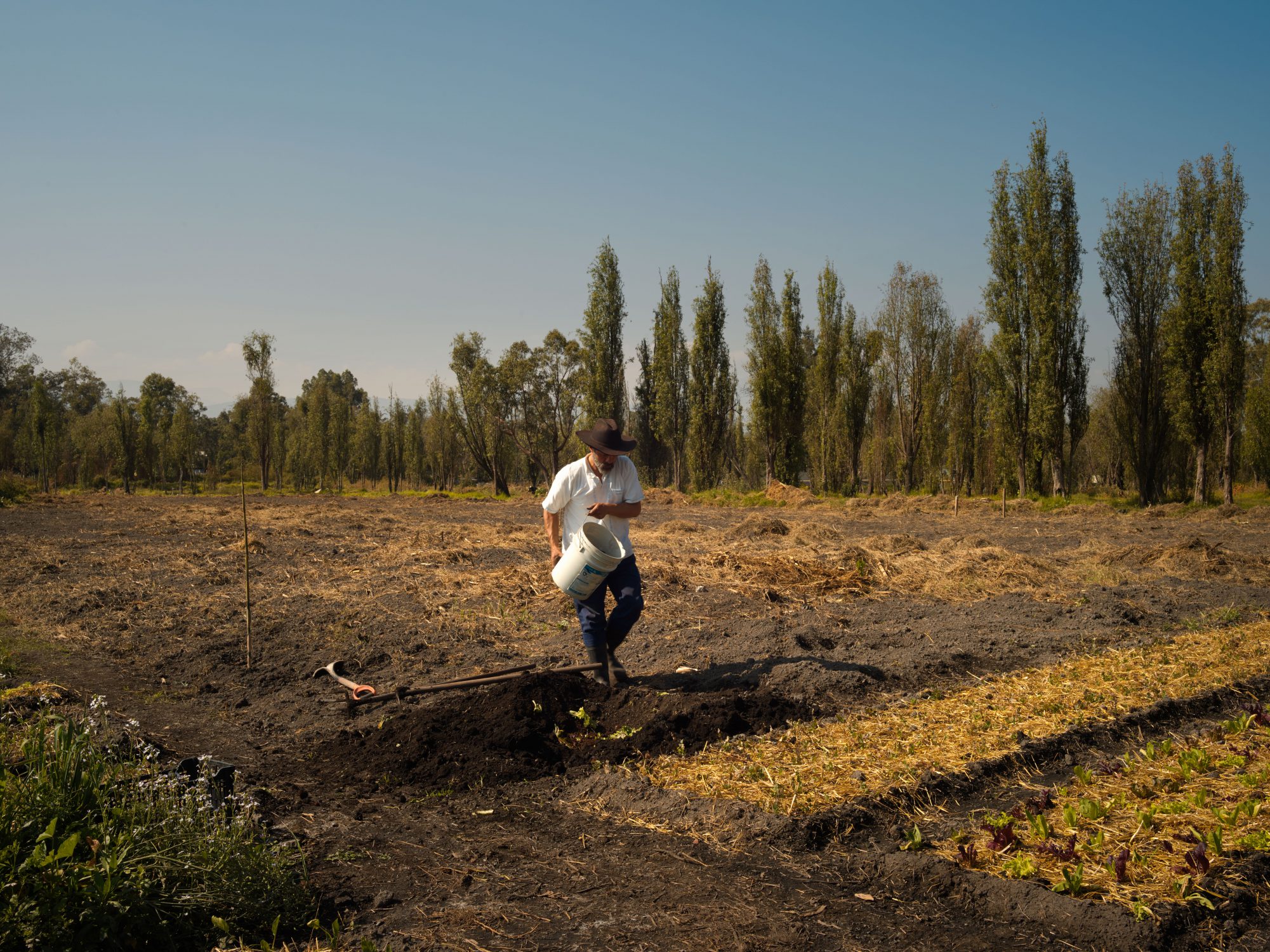
"My great grandmother Carmelina Contreas lived to the age of 92 due to what she ate from the Chinampas."
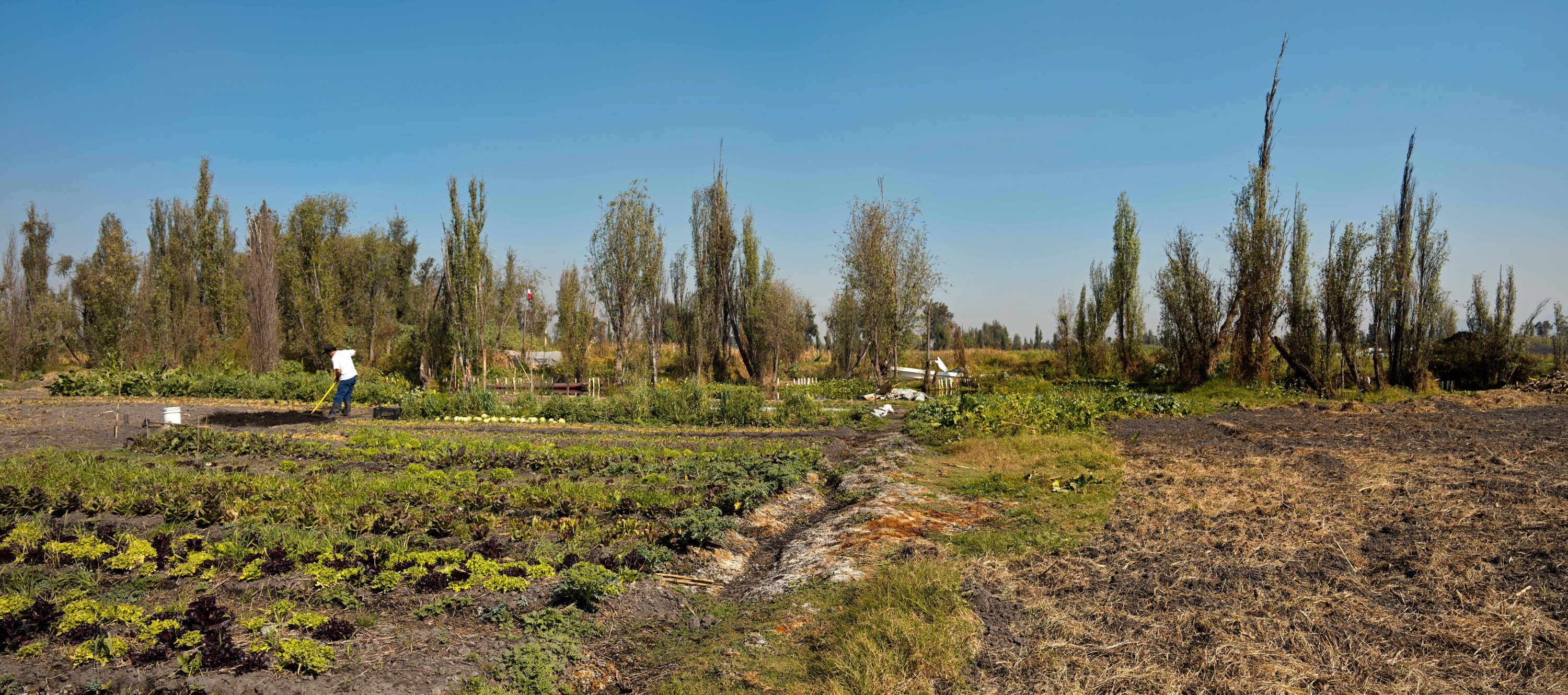
"Eat healthy, eat organic, value your life, value your time on earth and be happy."
We have selected another two stories that might inspire you.
